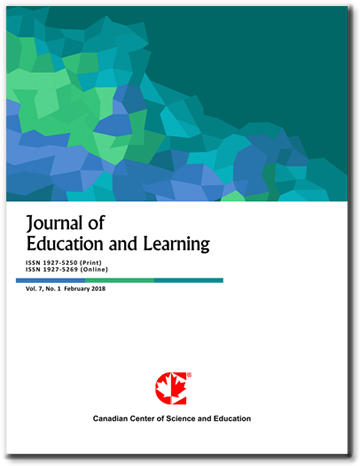Secondary School Learning Management Model for Shanxi, China After Covid-19
- Jie Wang
- Winai Thongpuban
- Saman Asawapoom
Abstract
The COVID-19 pandemic instigated a global educational crisis, compelling an abrupt transition from traditional in-person instruction to emergency remote teaching. This sudden shift underscored the need for robust learning management models capable of navigating unprecedented disruptions. The objectives of this research were to ascertain the needs and recommendations for designing a post-COVID-19 learning management model for secondary schools in Shanxi Province, and to develop and evaluate the model. We conducted the research in three phases, the initial investigation using survey and interview techniques, the construction and revision of the model by focus-group meeting, and the evaluation of the model by stakeholders. The statistics were used. The findings of the first phase provided the needs of the model and recommendations for its design. We called the learning management model derived from this research the ILAR Model, which included the three elements of Investigation (I), Learning Action (LA), and Reflection (R). The investigation provided student backgrounds for lesson planning; learning action consisted of learning roles, learning resources, and learning activities; and reflection included learning evaluation and learning feedback. The model evaluation revealed the highest quality in all aspects: appropriateness, feasibility, and effectiveness.
- Full Text:
 PDF
PDF
- DOI:10.5539/jel.v14n3p51
Journal Metrics
Google-based Impact Factor (2021): 1.93
h-index (July 2022): 48
i10-index (July 2022): 317
h5-index (2017-2021): 31
h5-median (2017-2021): 38
Index
Contact
- Grace LinEditorial Assistant
- jel@ccsenet.org
